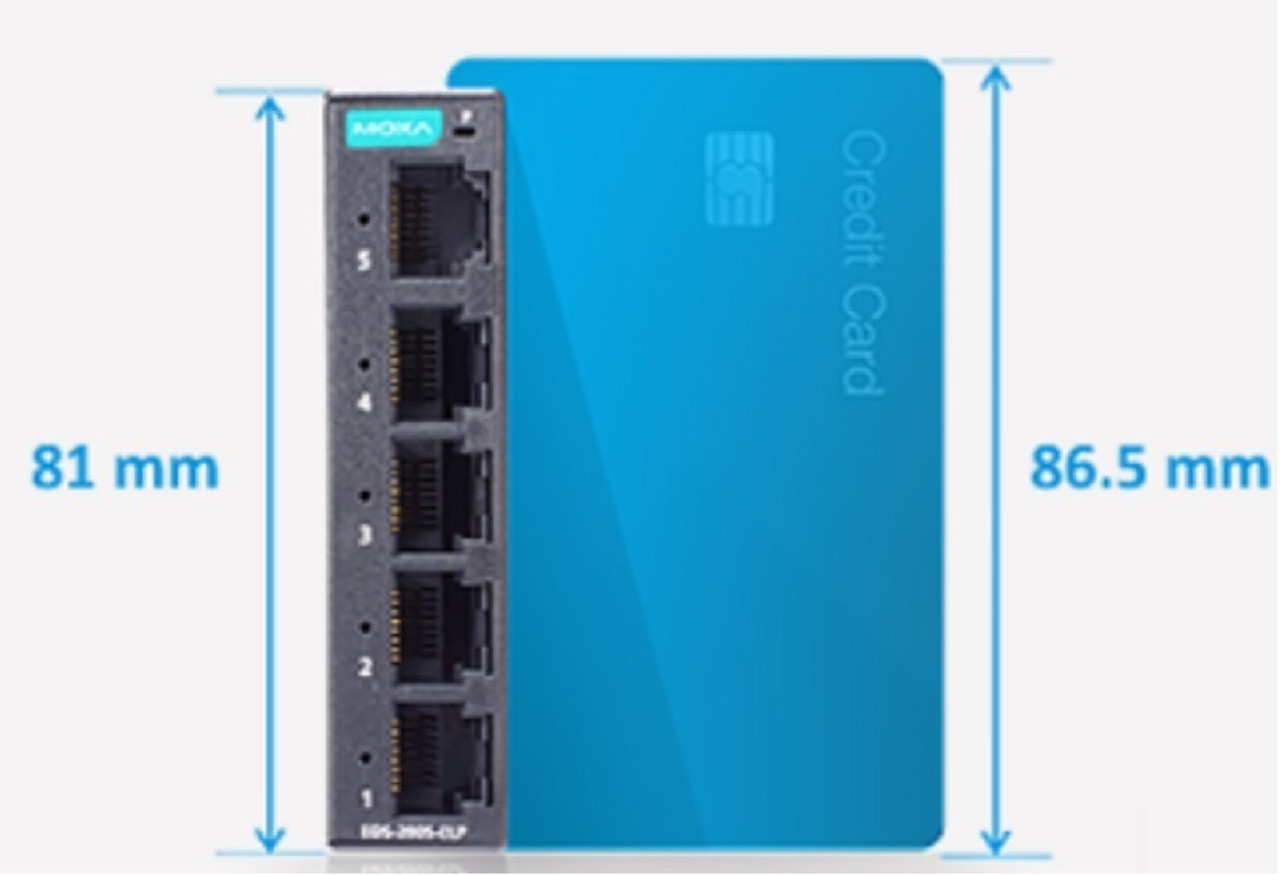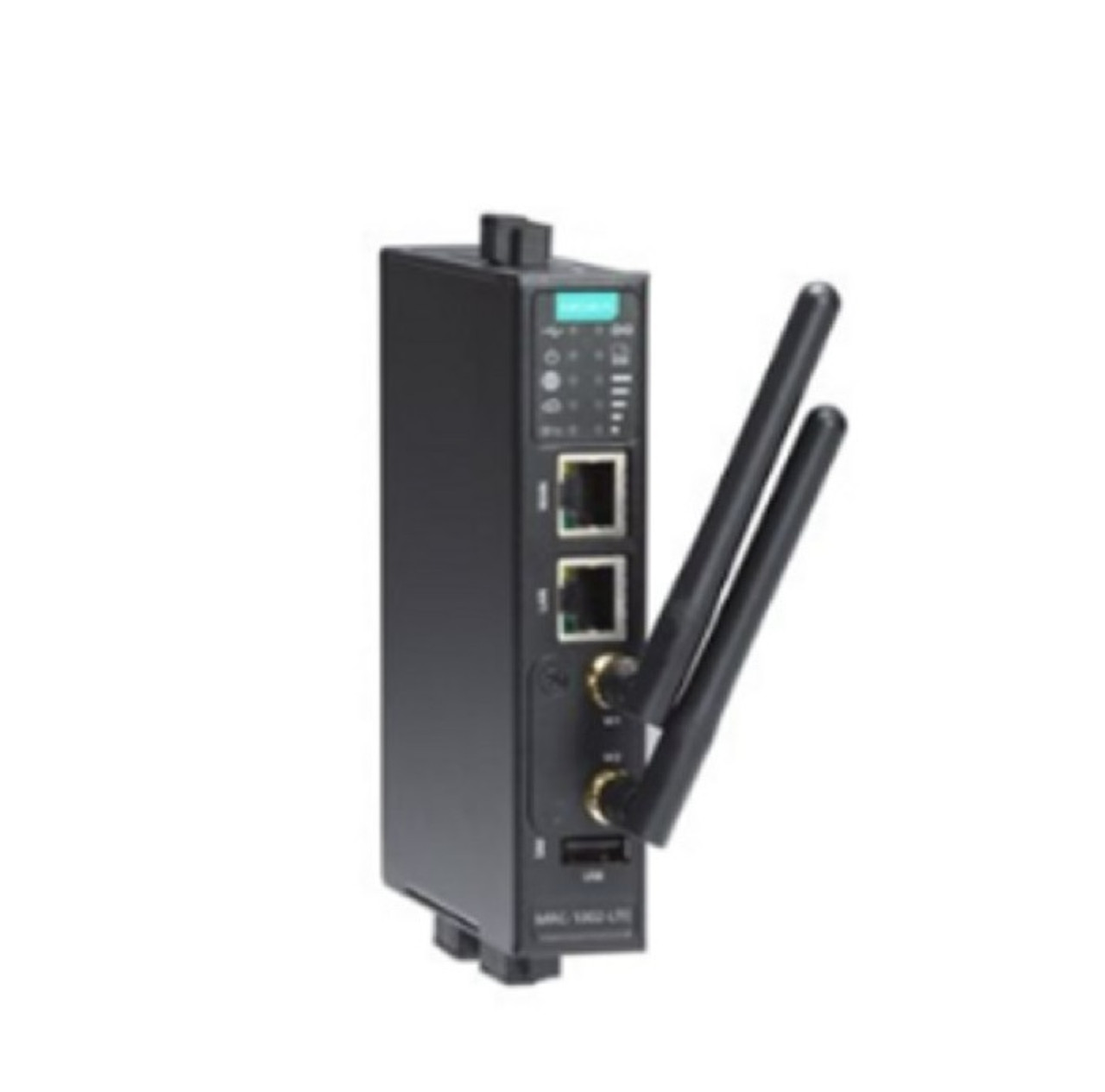Posted by ShopMoxa Expert on Jul 15th 2024
Understanding Gigabit Switches: Industrial vs Regular Gigabit
Network switches connect multiple devices in a network, directing data flow efficiently. As demand for faster data transfer rates grew, gigabit switches emerged, supporting speeds up to 1 gigabit per second per port. This evolution reflects the need for advanced networking solutions to accommodate increasing bandwidth requirements. The article leads you to understand the features and types of gigabit switches.
Content Outline
- What is a Gigabit Switch?
- How Does a Gigabit Switch Work?
- Key Features of Gigabit Switches
- Know About Industrial Gigabit Switches
- Common FAQs
What is a Gigabit Switch?
A gigabit switch is a networking device that enables the transmission of data at speeds of up to 1 gigabit per second (Gbps) per port. This capability significantly enhances network efficiency and bandwidth, making these switches ideal for environments that demand high-speed data transfer.
Typical use cases include offices with large file transfers, data centers requiring fast communication between servers, and home networks streaming high-definition video content. Gigabit switches are preferred in any setting where improved network performance and rapid data exchange are crucial.
How Does a Gigabit Switch Work?
A gigabit switch operates by receiving data packets from connected devices and then directing these packets to the appropriate port for the destination device, using a process known as packet switching. This ensures efficient data flow across the network, minimizing congestion and maximizing speed.
The technology behind gigabit switches includes advanced hardware capable of handling 1 Gbps bandwidth per port, significantly faster than standard Ethernet switches which typically support up to 100 Mbps. This speed increase is achieved through more sophisticated data processing algorithms and higher-quality internal components that can manage the increased data rates, ensuring that the network can support bandwidth-intensive applications without bottlenecking.
Key Features of Gigabit Switches
Gigabit switches come with several key features that enhance network performance:
Auto-Negotiation
This feature allows gigabit switches to automatically adjust for the highest possible data transfer rate between the switch and each connected device, optimizing performance without manual configuration.
Full-Duplex Mode
Enables simultaneous data transmission and reception between the switch and connected devices, doubling the effective bandwidth and significantly reducing the chance of data collisions and network congestion.
Quality of Service (QoS) Support
Allows for the prioritization of network traffic, ensuring that high-priority data (like VoIP or streaming video) is transmitted smoothly, even during periods of high network usage.
Know About Industrial Gigabit Switches
Industrial gigabit switches are enhanced versions of standard gigabit switches, engineered specifically to withstand the rigorous demands of industrial environments. These switches are built with superior durability and are capable of operating under extreme conditions, such as high temperatures, significant vibration, shock, and electromagnetic interference. Their robust design ensures reliable network performance even in the toughest settings.
Key distinguishing features of industrial gigabit switches include their enhanced durability and the ability to resist extreme environmental conditions, making them an ideal choice for industries where standard switches might fail. These features are crucial for maintaining continuous, uninterrupted network communication in industrial settings.
Industrial gigabit switches play a vital role in supporting the operations of manufacturing plants, automation systems, and various other industrial applications. By providing a reliable high-speed network backbone, these switches enable efficient data exchange and communication critical to the optimal operation and productivity of industrial facilities
Common FAQs
What is the difference between an Ethernet switch and a gigabit switch?
The difference lies in speed: Ethernet switches typically support speeds up to 100Mbps, while gigabit switches support up to 1Gbps (1000Mbps) per port.
Do I really need a gigabit switch?
If your network involves transferring large files or streaming high-definition content, a gigabit switch can significantly improve performance.
How fast is a gigabit switch?
A gigabit switch can handle data transfers at speeds of up to 1Gbps per port.
Will a gigabit switch make my internet faster?
A gigabit switch can improve your network speed internally but won't increase your internet speed beyond what your ISP provides.
Does a gigabit switch slow down Internet speed?
A gigabit switch does not inherently slow down internet speed; performance issues may stem from network congestion or misconfiguration.
How much traffic can a gigabit switch handle?
A gigabit switch can handle up to 1Gbps of traffic per port, with its overall capacity depending on the number of ports and the switch's backplane bandwidth.









